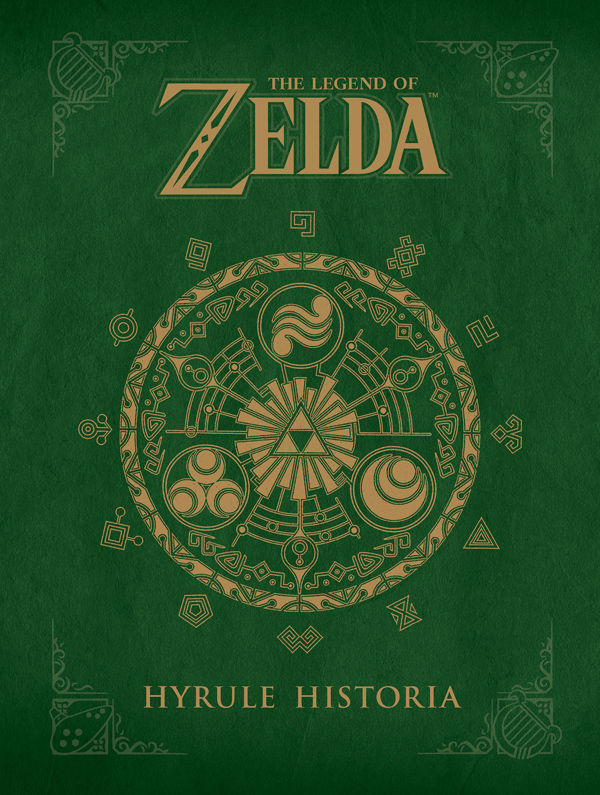 Ever since the “Ocarina of Time†was released in 1998 “Legend of Zelda†fans have debated, sometimes violently, about the “Legend of Zelda’s†timeline. All you need to do is type in “Legend of Zelda timeline†in your search engine and you’ll get thousands of hits. After over a decade, Nintendo has finally broken their silence and released an official timeline in the form of “The Legend of Zelda: Hyrule Historia.â€
Ever since the “Ocarina of Time†was released in 1998 “Legend of Zelda†fans have debated, sometimes violently, about the “Legend of Zelda’s†timeline. All you need to do is type in “Legend of Zelda timeline†in your search engine and you’ll get thousands of hits. After over a decade, Nintendo has finally broken their silence and released an official timeline in the form of “The Legend of Zelda: Hyrule Historia.â€
Damn is it impressive.
“Hyrule Historia†is broken up into four parts: ‘The Legend Begins,†tells the story of “Skyward Sword,†“The History of Hyrule†which explains the timeline and talks about the events in each Zelda game, “Creative Footprints†which are concept art from each and a manga by Akira Himekawa.
The main part people will be interested in is “The History of Hyrule†which is supposed to put an end to all the debates. Nintendo threw a curveball into all the timeline theorists when they announced that there was a third timeline when everyone was saying there were only two. This book explains how there are three: “The Decline of Hyrule and the Last Hero†(Link is defeated in “Ocarina of Time,â€) “The Twilight Realm and the Legacy of the Hero†(Child Link) and “The Hero of Winds and a New World (Adult Link.) The three-timeline idea upset some fans, but “Hyrule Hystoria†manages to make sense of all of it and tell the reader how all the games fit into these timeline. What was originally thought as Nintendo making stuff up actually makes sense now.
What the book also does right is connecting all the little details of every “Legend of Zelda†game together. These details include the bird symbol on the Hylian crest, which appears on the Hylian Shield, how each Link is connected and why there’s no Hyrule in the first game.
“The Legend Begins†is an art book on “Skyward Sword†that shows the characters and locations from concept to last phase. Some of the more interesting ones include Fi being based off of the Great Fairy from “Wind Waker†and how this world’s layout essentially how the other game’s worlds are laid out. There are also some creator notes that are a nice touch for any fan that is interested in the making of the “Skyward Sword†world. In short, it’s a concept art book that’s a nice addition and will please anyone interested.
“Creative Footprints†is, like “The Legend Begins,†concept art from other Zelda games. Again, it’s always nice to see the phases each character and creature went through in the creative process. This section also gives the reader an idea of how every characters design has evolved from each game. Here is also where the designers show more connections between characters and items throughout the games. The creator comments are also nice to read and to see what their thinking process was behind each game.
The manga, which shows the war mentioned in “Skyward Sword,†shows Link battling Demise and how the Goddess Hylia brought the Hylians to live in Skyloft. As with the rest of the book, this comic sheds some more light on the history of Hyrule like who was the hero, why the red loftwing chose Link (a main point in this manga) and why Hylia became mortal. It’s well worth a read and the art is pretty impressive as well.
“The Legend of Zelda: Hyrule Historia†answers the questions fans had about the timeline without cutting any corners or sounding like they were making it up as they were going along. Combine that with plenty of concept art and a manga and this is a “Legend of Zelda†collectable that no fan should live without.

Leave a Reply